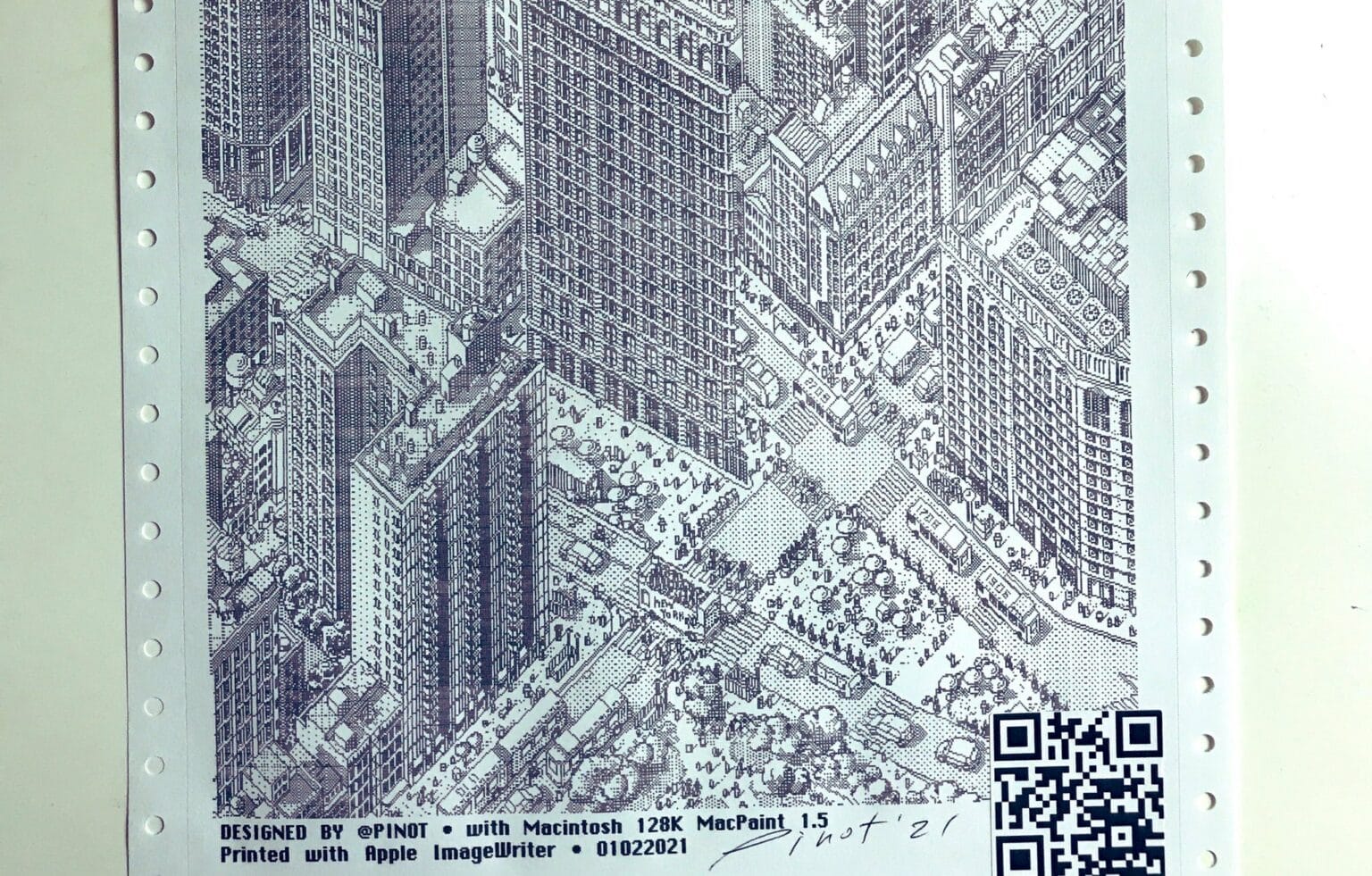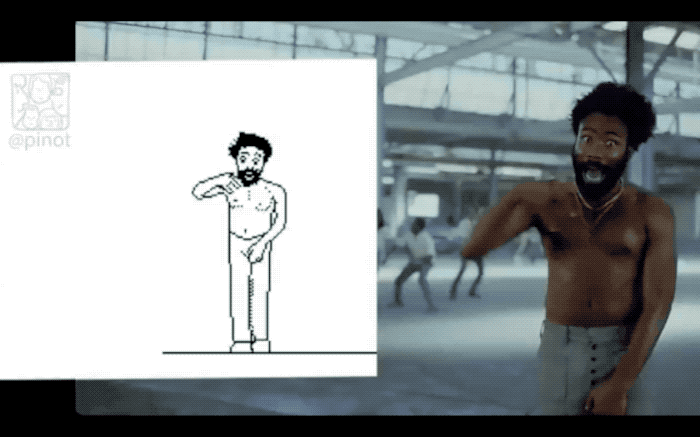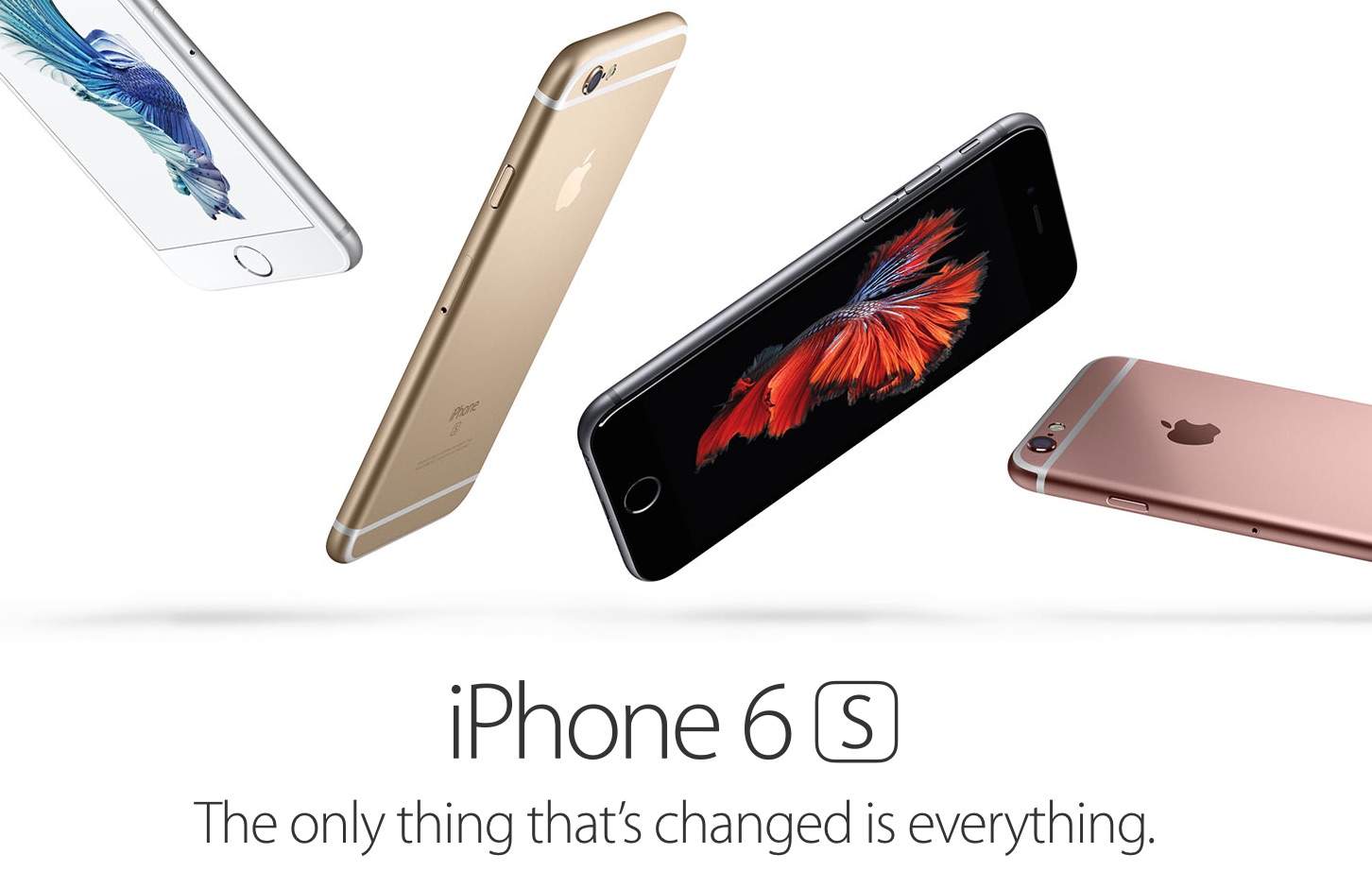Using a 1984-era Macintosh 128K and various retro tools, Pinot W. Ichwandardi painstakingly crafted a beautiful pixel art drawing of one of New York City’s most stunning skyscrapers.
Ichwandardi created his stunning image of the Flatiron Building one pixel at a time, a process he calls “pixel knitting” due to its time-intensive nature. But the incredibly detailed artwork isn’t even the point.
“The most rewarding thing from it is the process,” the 50-year-old designer told Cult of Mac.
It just goes to show that even a Mac that’s nearly 40 years old can still be used to make amazing pieces artwork. And you can buy a print of Ichwandardi’s Flatiron Building art — printed on a vintage dot-matrix printer, naturally!



![Don’t skip this crucial step if you want your app to be awesome [Pro Tip] Bill Atkinson, the creator of MacPaint, has crucial advice for coders.](https://www.cultofmac.com/wp-content/uploads/2016/06/Bill-Atkinson-MacPaint-portrait.jpeg)






![Enjoy the Timeless Appeal of Apple’s Picasso Artwork [Gallery] Picasso-Artwork-Collage](https://www.cultofmac.com/wp-content/uploads/2013/06/Picasso-Artwork-Collage.jpg)

![Check Out This Nice Video History Of MacPaint [Video] post-147616-image-c9659aadc1bca39440b466736560ec64-jpg](https://www.cultofmac.com/wp-content/uploads/2012/02/post-147616-image-c9659aadc1bca39440b466736560ec64.jpg)